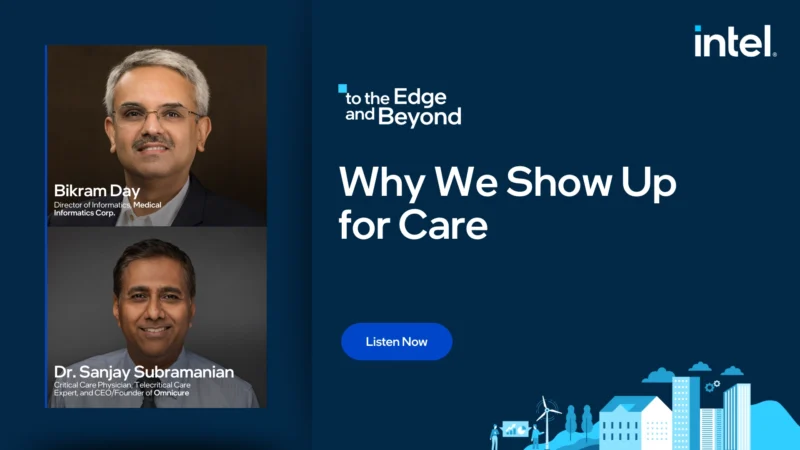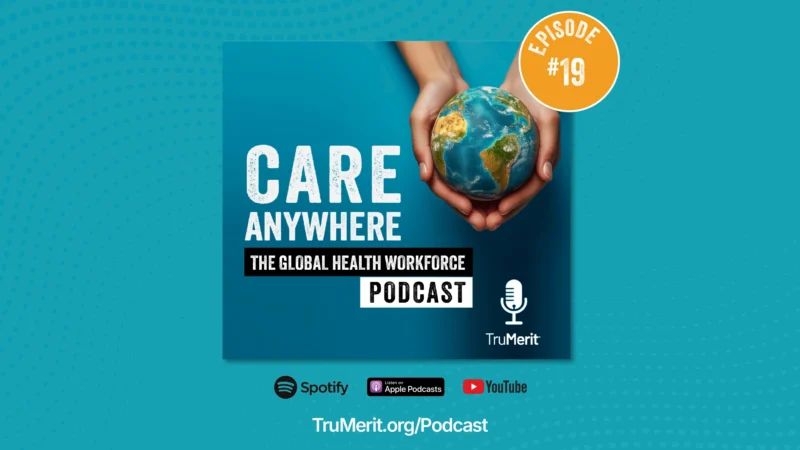Advancements in Bone Health Imaging with Dr. Ego Seeman
CurveBeam AI Medical Director – Endocrinology Prof. Ego Seeman recently sat down with Vinti Singh, CurveBeam AI’s Marketing Director, to discuss the future of bone health imaging.
Prof. Seeman is a Professor and Endocrinologist in the Departments of Medicine and Endocrinology, Austin Health, University of Melbourne.
He was recently awarded the Gideon A. Rodan Excellence in Mentorship Award at The American Society for Bone and Mineral Research (ASBMR) 2022 Annual Meeting in Austin, Texas.
Dr. Seeman said his own mentors have played an integral role in shaping his career. He first became interested in bone and mineral metabolism during his post-doctoral fellowship at the Mayo Clinic in Rochester under Professor B Larry Riggs.
“I learned so much,” Prof. Seeman said of his experience at Mayo. “I made wonderful friends that I still have today, and I recommend to every young person to move out of their local town and get into the world.”
Prof. Seeman also discussed the current paradigm of bone health imaging, and where analysis based on high resolution peripheral quantitative CT imaging holds promise for better detection of those patients at risk for a fragility fracture.
“The technology is such that the radiation exposure has been minimized and allows us to measure the very fine architecture…of the bone,” Prof. Seeman said.




